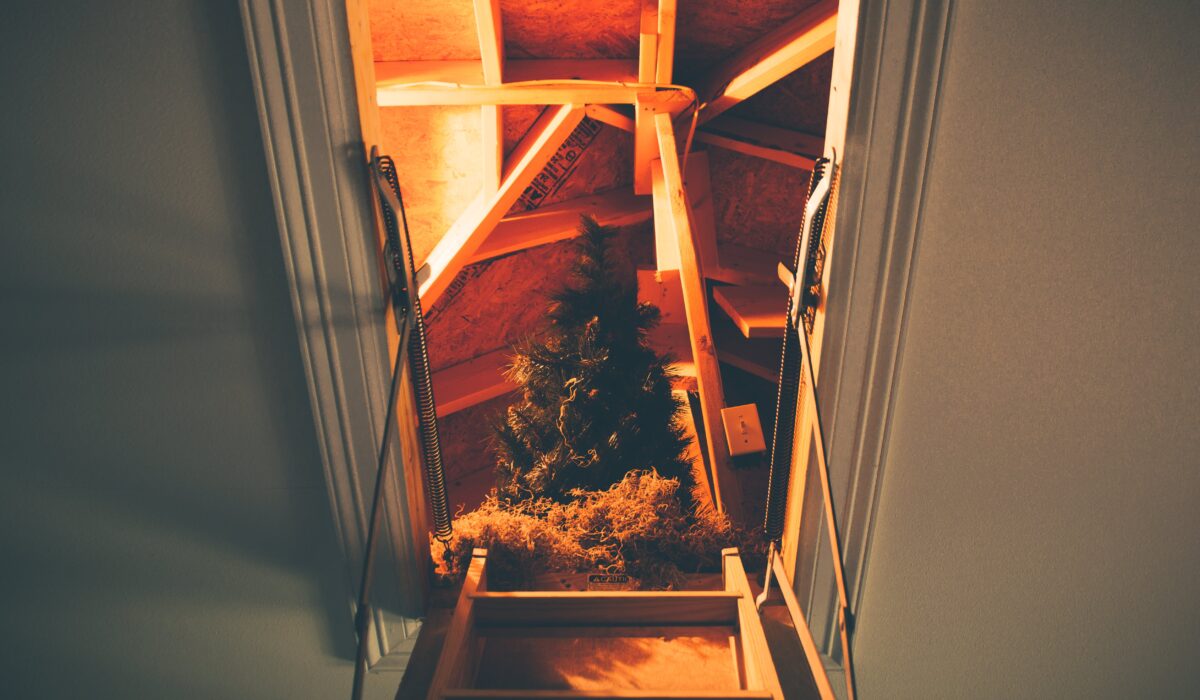A well-designed and maintained roofing system is crucial for protecting your property and ensuring a comfortable living environment for residents. While roofing materials and gutter systems undoubtedly play crucial roles, many homeowners overlook the significance of proper attic insulation and ventilation. Attic insulation and ventilation are key components in preserving your home’s energy efficiency, preventing roof damage due to moisture buildup, and maintaining a healthy indoor atmosphere. At Three Mountain Roofing, we aim to provide detailed, informative content to assist property owners in making informed decisions regarding their roofing systems.
In this comprehensive guide, we will delve into the factors that underline the importance of proper attic insulation and ventilation, including their impact on overall energy efficiency, roof longevity, and indoor air quality. Additionally, we will discuss the different types of attic insulation available and offer valuable tips on maintaining and improving your attic’s insulation and ventilation systems.
Boosting Energy Efficiency with Adequate Attic Insulation
Proper attic insulation is essential for maintaining your home’s energy efficiency, helping to keep energy costs lower and ensuring a comfortable living environment for residents. Here are some ways attic insulation contributes to energy efficiency:
1. Temperature Regulation: High-quality attic insulation helps retain indoor heat during colder months and prevents excessive warmth from entering your home during warmer months, reducing the strain on your heating and cooling systems.
2. Reduced Energy Consumption: By providing effective temperature regulation, adequate attic insulation directly reduces energy consumption, resulting in lower utility bills and a greener home.
3. Thermal Barrier: Attic insulation functions as a thermal barrier, preventing the outdoor temperature from affecting your home’s indoor temperature and ensuring consistent comfort levels across different seasons.
The Importance of Attic Ventilation for Preventing Roof Damage
Attic ventilation plays a crucial role in preserving the integrity of your roofing system by reducing the risk of moisture buildup, condensation, and associated damage. Here’s how proper ventilation can prevent roofing issues:
1. Moisture Control: Adequate attic ventilation helps to expel moisture that may accumulate due to varying temperature levels, preventing mold growth and potential structural damage to your roof.
2. Ice Dam Prevention: In colder climates, poor attic ventilation can contribute to the formation of ice dams, which can cause significant water damage to your roof and underlying structures. Proper ventilation helps maintain consistent roof temperatures, minimizing the potential for ice dam formation.
3. Extended Roof Lifespan: By preventing moisture buildup and ice dam-related issues, attic ventilation helps prolong the life of your roofing system, ultimately saving you the costs associated with premature roof repair or replacement.
Ensuring Optimal Indoor Air Quality through Attic Ventilation
Alongside its role in preserving the efficiency and integrity of your roofing system, proper attic ventilation is vital for maintaining a healthy indoor living environment. Here’s how ventilation can impact your home’s air quality:
1. Humidity Control: Excessive moisture in your attic can lead to high humidity levels, which can impact your home’s overall comfort and air quality. Attic ventilation helps regulate humidity, creating a more pleasant indoor environment.
2. Mold and Mildew Prevention: Poor attic ventilation creates a breeding ground for mold and mildew growth, posing serious health risks to occupants. By promoting proper air circulation, attic ventilation reduces the risk of mold and mildew, in turn protecting your home and its inhabitants from associated health hazards.
3. Enhanced Indoor Air Circulation: Proper attic ventilation aids in the circulation of fresh air throughout your home, contributing to a healthier and more comfortable living environment.
Types of Attic Insulation and Maintenance Tips
Several types of attic insulation are available, each with unique advantages and applications. Here’s a brief overview of common insulation options and tips on maintaining their effectiveness:
1. Batt Insulation: Also known as blanket insulation, batt insulation typically consists of fiberglass or mineral wool and comes in large sheets. It is relatively easy to install and provides excellent thermal resistance.
2. Loose-Fill Insulation: Loose-fill insulation is composed of small particles made from fiberglass, cellulose, or mineral wool. This type of insulation is particularly suitable for irregularly shaped spaces and can provide increased insulation value.
3. Spray Foam Insulation: Spray foam insulation expands upon application, filling gaps and forming an airtight barrier. It provides excellent thermal resistance and moisture control, making it an ideal choice for attic spaces.
To maintain and improve your attic’s insulation and ventilation, consider the following tips:
- Regularly inspect attic insulation to ensure appropriate levels, replacing or adding more as necessary.
- Check for gaps, cracks, or leaks in the attic, fixing them to enhance insulation effectiveness.
- Ensure attic soffit and ridge vents are clear of debris and maintain proper air circulation.
- Consider installing a vapor barrier to minimize moisture infiltration and reduce the risk of mold growth.
Conclusion:
Attic insulation and ventilation are vital components in maintaining energy efficiency, roofing system integrity, and indoor air quality in your home. Understanding their importance and taking proactive measures to optimize your attic’s insulation and ventilation can safeguard your roof, save on energy costs, and create a healthier living environment. The team at Three Mountain Roofing is dedicated to assisting homeowners in achieving the most effective and durable roofing solutions.
Reach out to our roofers in Burlington today to discuss how we can help ensure your attic’s insulation and ventilation systems are operating at peak performance, and let our expertise guide you toward a more comfortable, energy-efficient, and well-protected home.


